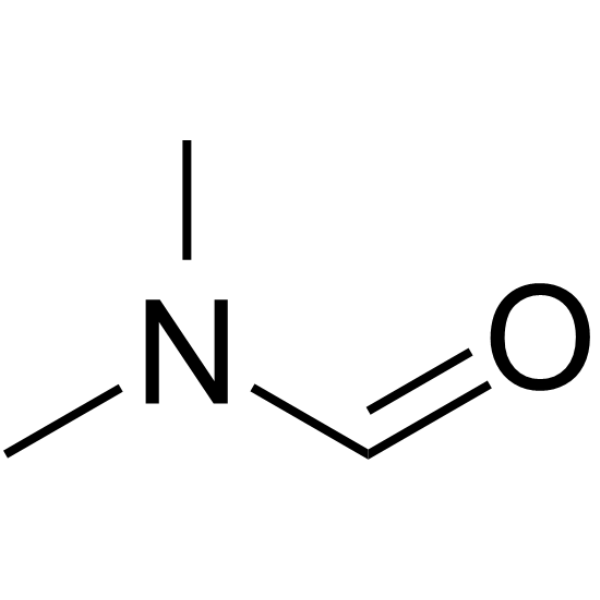| Structure | Name/CAS No. | Articles |
|---|---|---|
 |
sodium chloride
CAS:7647-14-5 |
|
 |
Ethanol
CAS:64-17-5 |
|
 |
Acetone
CAS:67-64-1 |
|
 |
Acetonitrile
CAS:75-05-8 |
|
 |
Methanol
CAS:67-56-1 |
|
 |
Dichloromethane
CAS:75-09-2 |
|
 |
N,N-Dimethylformamide
CAS:68-12-2 |
|
 |
HEPES
CAS:7365-45-9 |
|
 |
Ruthenium
CAS:7440-18-8 |
|
 |
SODIUM CHLORIDE-35 CL
CAS:20510-55-8 |